Menparekraf Dorong Perempuan Indonesia Jadikan Kartini Sebagai Inspirasi dan Terus Berkarya |
Muskot PMI Kota Manado, Irene Pinontoan Terpilih Sebagai Ketua
KORANMANADO.CO.ID- Irene Angouw Pinontoan terpilih sebagai Ketua Palang Merah Indonesia (PMI) Kota Manado, dalam Musyawarah Kota (Muskot) PMI Manado yang diselenggarakan di Three R Hotel Manado, Rabu (14/09) siang.
Irene Angouw Pinontoan terpilih berkat dukungan dari perwakilan 11 Kecamatan di Kota Manado satu persatu menyatakan pandangan umum dan dukungan di hadapan pimpinan rapat dan dari pimpinan PMI Pusat, Muhamad Moas, SH MH.
"Kami secara sadar dan tidak ada paksaan mengusulkan dan menginginkan Ibu Irene Angouw Pinontoan sebagai ketua PMI Manado," ujar, dr. Nenny Tubagus perwakilan dari Kecamatan Malalayang saat menyatakan pandangan umum dan usulan.

"Kami bertekad akan berjuang dengan maksimal, dan kami akan menyatakan dukungan kepada Ibu Irene Angouw Pinontoan sebagai ketua PMI Kota Manado," ujar Frangky David perwakilan Bunaken Darat.
"Kami dari Kecamatan Wenang dengan total mendukung Ibu Irene Angouw Pinontoan sebagai ketua PMI Kota Manado,"ucap Hamdan Paleho utusan dari Kecamatan Wenang dan berikut penyampaian pandangan umum dan dukungan dari Jecamatan lainnya.
Ketua PMI terpilih Irene Angouw Pinontoan saat memberikan sambutan menyampaikan terimakasih atas dukungan yang telah diberikan kepadanya.
"Terima kasih atas dukungan teman-teman dari Kecamatan. Ini semua untuk Manado maju dan sejahtera," ujar istri tercinta Walikota Kota Manado ini.
Pimpinan sidang rapat dengan tegas langsung mensahkan Irene Angouw Pinontoan sebagai ketua PMI Kota Manado periode 2022-2027.
"Dengan ini saya menyatakan Ibu Irene Angouw Pinontoan sebagai Ketua PMI Kota Manado periode 2022-2027," kata pimpinan sidang dr. Makmun Djafara sambil mengetuk palu.
Diketahui, sidang dipimpin oleh dr. Makmun Djafara, Roy Mewo, dan Ketua PMI Provinsi Sulawesi Utara, Anie Dondokambey, SH, MH.
Acara dihadiri oleh Walikota Andrei Angouw yang diwakili oleh Sekretaris Daerah Kota Manado Micler Lakat, asisten 1, asisten 2, dan 3, Kepala Dinas Kesehatan dr. Steaven Dandel, para camat dan pengusaha PMI kecamatan. (ferry)

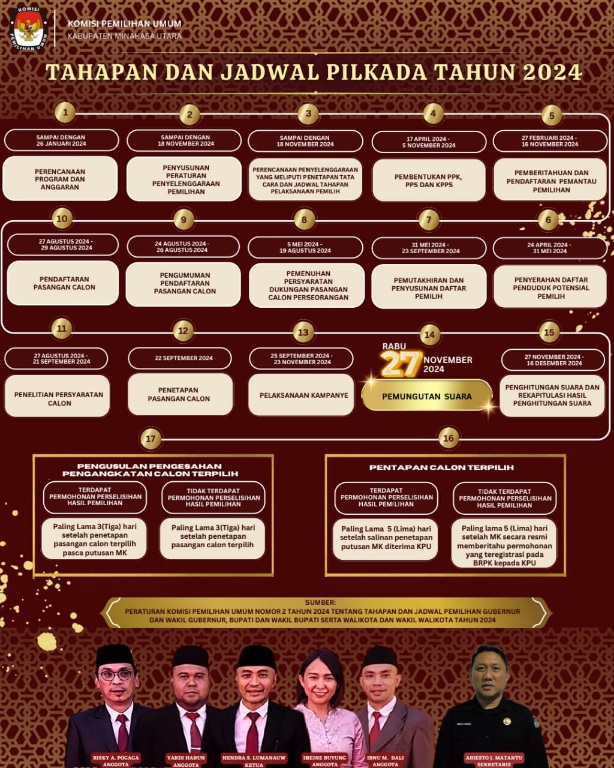












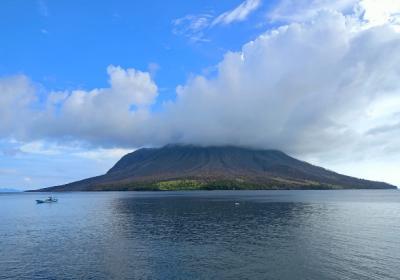
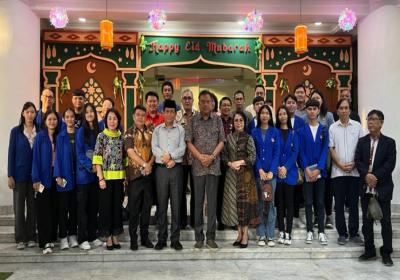
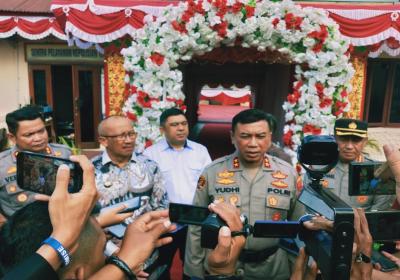

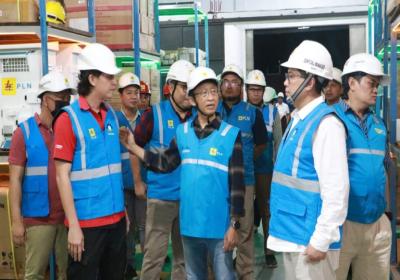




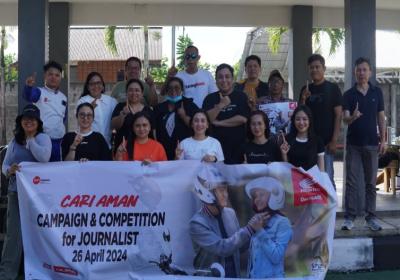
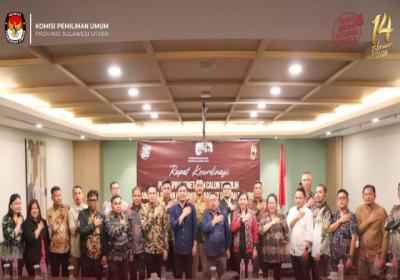



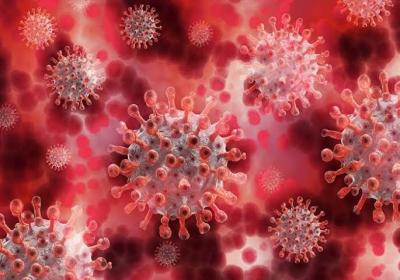









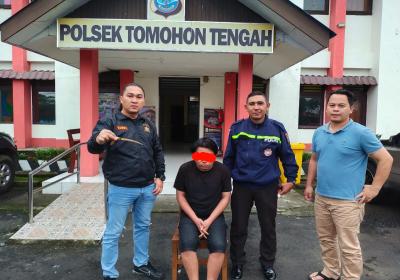







5 Komentar
azithromycin cap 250 mg
В нашем мире, где диплом - это начало отличной карьеры в любой области, многие стараются найти максимально быстрый путь получения образования. Наличие официального документа переоценить попросту невозможно. Ведь диплом открывает двери перед людьми, стремящимися вступить в профессиональное сообщество или учиться в высшем учебном заведении. Предлагаем очень быстро получить этот необходимый документ. Вы имеете возможность купить диплом, что становится выгодным решением для человека, который не смог завершить образование, потерял документ или хочет исправить плохие оценки. диплом изготавливается аккуратно, с максимальным вниманием ко всем деталям, чтобы в итоге получился документ, 100% соответствующий оригиналу. Преимущество такого решения заключается не только в том, что можно максимально быстро получить свой диплом. Весь процесс организован удобно, с нашей поддержкой. Начав от выбора требуемого образца диплома до точного заполнения персональных данных и доставки по стране — все под абсолютным контролем качественных мастеров. Для тех, кто хочет найти быстрый способ получить требуемый документ, наша услуга предлагает выгодное решение. Приобрести диплом - это значит избежать долгого обучения и не теряя времени перейти к достижению личных целей: к поступлению в ВУЗ или к началу трудовой карьеры. https://diplomanc-russia24.com
average price of prednisone
В современном мире, где диплом - это начало успешной карьеры в любой области, многие пытаются найти максимально быстрый путь получения качественного образования. Факт наличия официального документа трудно переоценить. Ведь диплом открывает двери перед любым человеком, желающим вступить в профессиональное сообщество или продолжить обучение в любом институте. Мы предлагаем быстро получить любой необходимый документ. Вы можете приобрести диплом старого или нового образца, и это является выгодным решением для человека, который не смог завершить обучение, потерял документ или хочет исправить плохие оценки. диплом изготавливается аккуратно, с особым вниманием к мельчайшим деталям. На выходе вы получите полностью оригинальный документ. Плюсы подобного решения состоят не только в том, что можно оперативно получить свой диплом. Весь процесс организован удобно, с нашей поддержкой. Начиная от выбора необходимого образца до грамотного заполнения личной информации и доставки по стране — все под полным контролем квалифицированных мастеров. Для тех, кто пытается найти быстрый способ получения требуемого документа, наша услуга предлагает выгодное решение. Приобрести диплом - это значит избежать долгого обучения и сразу переходить к своим целям, будь то поступление в университет или начало карьеры. https://diploman-rossiya.com
canine prednisone 5mg no prescription
Add Comment